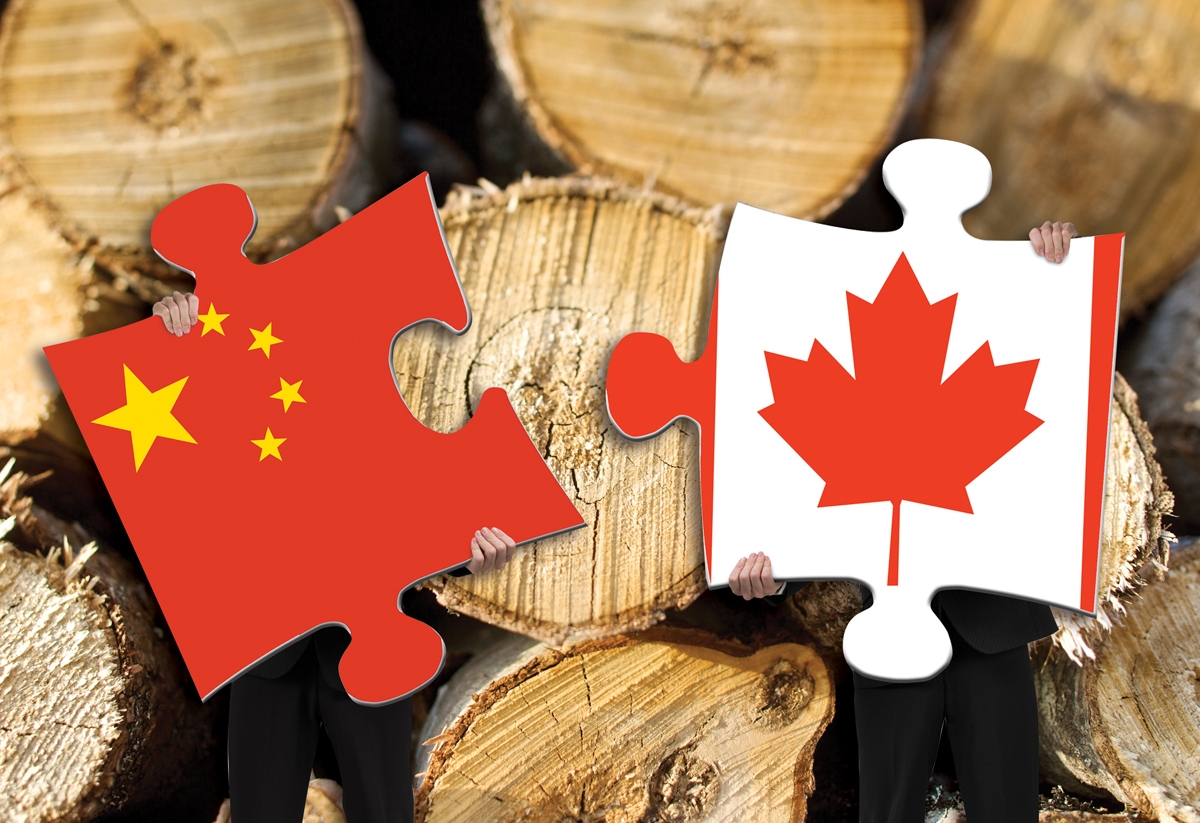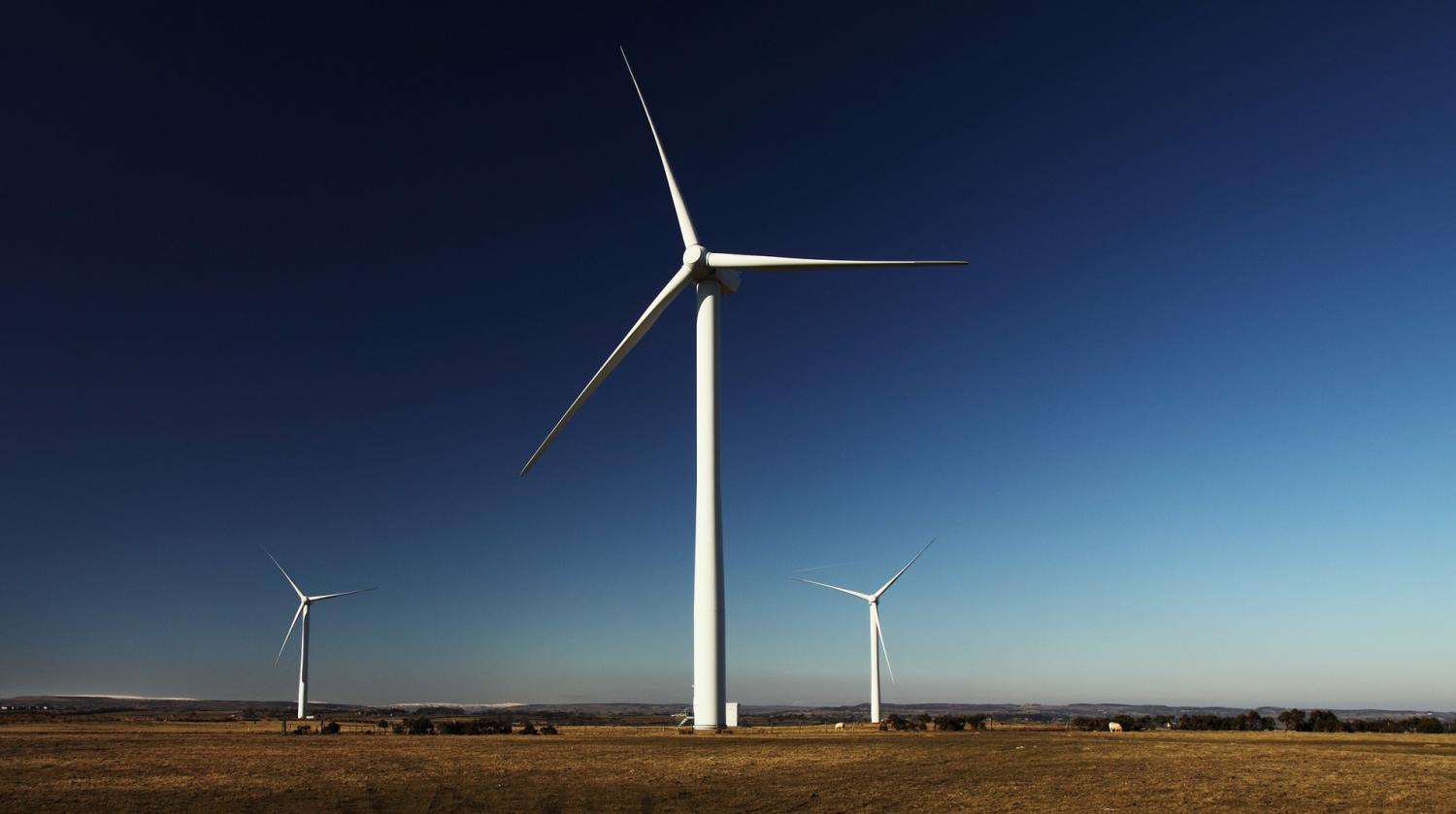
Refreshingly Candid: Lu Shaye, China’s New Ambassador to Canada
I recently met with Lu Shaye, the newly appointed Ambassador Extraordinary and Plenipotentiary of the People's Republic of China to Canada. Shaye was previously the Director-General in Bureau of Policy Research, Office of Foreign Affairs for the Chinese government. This is the agency that develops Chinese polices on everything from trade to security and energy matters.
Shaye made national headlines in June when he remarked to the Canadian Press that Justin Trudeau's government should spend less time bowing down to Canadian journalists preoccupied with human rights and get on with negotiating an important free-trade agreement with China.
I was intrigued by what I thought appeared to be the candour and even the bluntness of these comments and requested a meeting. He heartily agreed and invited me for tea. After meeting with him, I came away with quite a different perspective. Shaye is a friendly, affable, knowledgeable, informed, and soft-spoken and a refreshingly forthright Ambassador. Shay notes that Canada and China have much in common but that China’s ways of approaching issues are obviously very different from the Western perspective.

I asked him about his thoughts on Canada linking trade talks and other matters in relations with China to human rights issues. Shay says that China is looking to improve its trade and economic relations with Canada and others. Also, that China has its approach to trade and other issues and Canada has their approach. I asked him if China has linked any of their trade negotiations with Canada’s to Canada’s treatment of our First Nations peoples. Shaye says it is not the Chinese way to level accusations at others. He points to undeniable successes China has had over the past two decades in creating new economic opportunities that have improved the lives of millions Chinese people.
The independent China Household Income Project (CHIP) supports this point. It reported in 2015 that China has lifted more people out of poverty than anywhere else in the world: its per capita income in increased fivefold between 1990 and 2000, from $200 to $1,000. Between 2000 and 2010, per capita income also rose by the same rate, from $1,000 to $5,000, moving China into the ranks of middle-income countries. Between 1990 and 2005, China’s progress accounted for more than three-quarters of global poverty reduction and is the reason why the world reached the UN millennium development goal of halving extreme poverty. This incredible achievement was delivered by a combination of a rapidly expanding labour market, driven by a protracted period of economic growth, and a series of government transfers including an urban subsidy, and the introduction of a rural pension.
Shay notes that China has 1.4 billion people where Canada has only 36 million and these numbers alone, by necessity, will account for a different way of doing many things, which he believes is quite normal. He says China is focused on improving its economy and its relations through trade and partnerships with many countries. He believes that progress can be made in these areas with Canada through work and discussion and agreement.
Asked about the possibility of China being involved in any of Canada’s hi-speed train projects, including a hi-speed rail line in Ontario, Shaye says that at the moment Chinese companies are not involved.
“In China, large scale transit projects can be built much more quickly because the process, approach and methodology are very different and the numbers of people involved are so great. In Canada, the process is much different from China and we understand the differences."
He says China has great success with hi-speed technology railways and is always looking for new ways to cooperate with Canada and other countries. Shaye adds that “China has its approach to issues which will be different from Western countries. China doesn’t want to be the West. China is China.”








